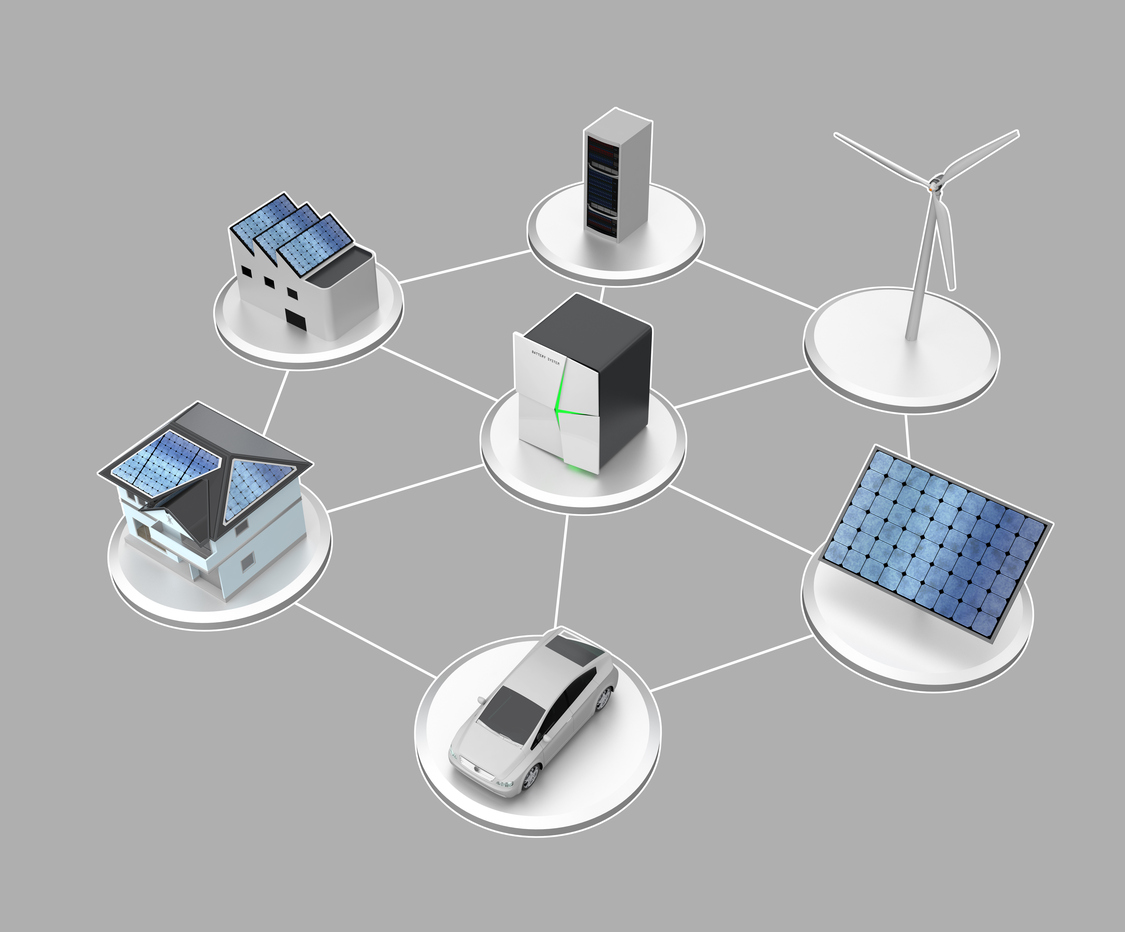 A team of researchers at Case Western Reserve University is building a flow battery prototype to provide cleaner, cheaper power.
A team of researchers at Case Western Reserve University is building a flow battery prototype to provide cleaner, cheaper power.
The team, co-led by ECS member Bob Savinell, is working to scale up the technology in order develop a practical, efficient energy storage device that can store excess electricity and potentially augment the grid in light of a shift toward renewables.
With a $1.17 million federal grant, the team has started to build a 1-kilowatt prototype with enough power to run various, high-powered household devices for six hours.
“Intermittent energy sources, such as solar and wind, combined with traditional sources of coal and nuclear power, are powering the grid. To meet peak demand, we often use less-efficient coal or gas-powered turbines,” says Savinell, ECS Fellow and editor of the Journal of The Electrochemical Society. “But if we can store excess energy and make it available at peak use, we can increase the overall efficiency and decrease the amount of carbon dioxide emitted and lower the cost of electricity.”
One of the biggest barriers preventing the large-scale use of electrochemical energy storage devices has been the cost. To address this, Savinell and his team have been developing the flow battery with cheaper materials, such as iron and water.
Additionally, the researchers state that flow batteries could be a safer alternative to lithium-ion batteries.
In recent years, energy storage has become one of the largest barriers in the widespread implementation of renewables. Flow batteries have become a contender in this field due to promising qualities.
This from Case Western Reserve University:
In flow batteries, chemical reactants used to produce electrical energy are stored in two tanks, and the electrodes—which are not used as fuel—are housed in a separate chamber. Reactants are pumped through the cell stack, delivering electrons in one direction to charge the battery and to discharge the system in the other. Flow batteries can be built to produce or store a range of power, by increasing or decreasing the cells in the stack and size of reactant tanks.
The prototype battery includes a stack of 10 cells and is expected to be about as large a desktop printer. The researchers replaced the conventional solid electrode with a slurry of flowing electrically conducting carbon particles.
“This technology has the potential to be very low-cost, very robust and environmentally benign,” Savinell says. “If the tanks leak, it’s not a catastrophe, and if you fall in a tank, you won’t get hurt.”


